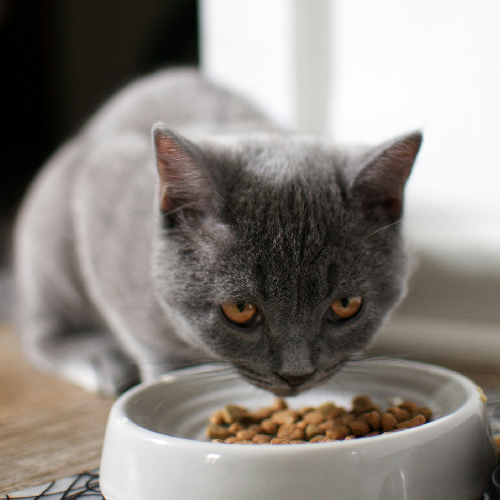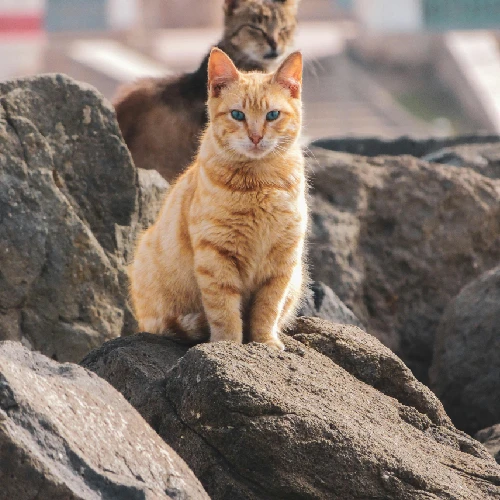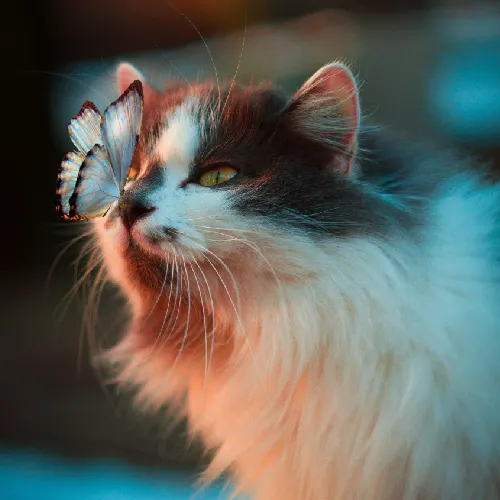As loving pet owners, we always want the best for our furry companions. Ensuring a nutritious and safe diet for our cats is paramount, especially with recent concerns about cat food recalls in the pet food industry.
In this comprehensive guide, we’ll explore the world of cat food recalls, discuss their implications, and provide you with the knowledge you need to make informed decisions about your cat’s diet.
Cat food recalls are more common than you might think, and staying informed about them is crucial for your pet’s health. These recalls occur when a pet food manufacturer or the FDA identifies potential health risks in certain products. By understanding the reasons behind these recalls and their potential impacts, you can better protect your feline friend from harm.
Understanding the Reasons Behind Cat Food Recalls
While the specific reasons for recalls can vary, some common issues include:
- Nutrient Imbalances:
As seen in the recent Purina dog food recall mentioned in our source, excessive levels of certain nutrients (like vitamin D) can be harmful to pets.
- Contamination:
This can include the presence of harmful bacteria, mold, or foreign objects in the food.
- Mislabeling:
Incorrect ingredient lists or nutritional information can pose risks to cats with specific dietary needs or allergies.
- Quality Control Issues:
Manufacturing errors can lead to inconsistencies in the nutritional content or safety of the product.
The Impact of Recalls on Pet Health
The effects of consuming recalled cat food can range from mild to severe. In the case of the Purina dog food recall, dogs experienced vitamin D toxicity, which can lead to:
- Gastrointestinal issues (loss of appetite, vomiting, diarrhea)
- Increased thirst and urination
- Kidney dysfunction or failure in severe cases
While this particular recall was for dog food, similar issues can affect cats. It’s crucial to be aware of any changes in your cat’s behavior or health, especially after introducing a new food.
Protecting Your Cat: What You Can Do
- Stay Informed:
Regularly check reputable sources like the FDA’s pet food recall list or subscribe to recall alerts from trusted pet organizations.
- Monitor Your Cat:
Be attentive to any changes in your cat’s behavior, appetite, or health. If you notice anything unusual, especially after changing their food, consult your veterinarian.
- Keep Records:
Save the packaging and lot numbers of your cat’s food. This information can be crucial if a recall occurs.
- Consider Homemade Options:
While not suitable for everyone, preparing some of your cat’s food at home can give you more control over ingredients. However, always consult with a veterinary nutritionist to ensure a balanced diet.
- Diversify Your Cat’s Diet:
Feeding a variety of foods from different brands can reduce the risk of long-term exposure to potential issues with a single product.
The Bigger Picture: The Pet Food Industry
The pet food industry is a multi-billion-dollar business, with companies producing massive quantities of food. This scale of production comes with challenges:
- Quality Control:
Ensuring consistent quality across large batches can be difficult.
- Ingredient Sourcing:
The global nature of ingredient sourcing can sometimes lead to inconsistencies or contamination issues.
- Regulation:
While pet food is regulated, some argue that stricter oversight is needed to prevent recalls and ensure product safety.
- Marketing vs. Reality:
Terms like “prescription diet” can be misleading. It’s important to research and understand what these labels really mean.
Alternative Approaches to Feline Nutrition
While commercial cat foods are convenient and formulated to meet feline nutritional needs, some pet owners are exploring alternative options:
- Raw Diets:
Some believe that raw diets more closely mimic a cat’s natural eating habits. However, these diets require careful planning and preparation to ensure safety and nutritional balance.
- Home-Cooked Meals:
Preparing your cat’s food at home allows you to control ingredients but requires guidance from a veterinary nutritionist to ensure all nutritional needs are met.
- Combination Feeding:
Mixing commercial foods with home-prepared options can provide a balance of convenience and control.
The Importance of Veterinary Guidance
Regardless of your chosen approach to feeding your cat, regular consultations with your veterinarian are crucial. They can provide personalized advice based on your cat’s specific health needs, age, and lifestyle.
Conclusion: Empowering Cat Owners Through Knowledge
Cat food recalls, while concerning, shouldn’t cause panic. By staying informed, being observant, and working closely with your veterinarian, you can navigate these challenges and ensure your feline friend receives the best possible nutrition.
Remember, every cat is unique, and what works for one may not be ideal for another. The key is to stay informed, be proactive, and always prioritize your cat’s health and well-being.
We encourage you to share your experiences and thoughts on cat food recalls in the comments below. Have you ever dealt with a recalled product? What steps do you take to ensure your cat’s food is safe? Let’s create a supportive community of informed and caring cat owners!



Leave a comment